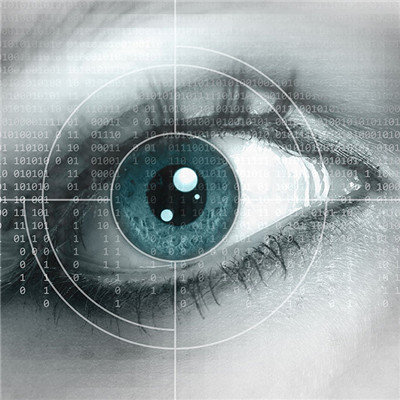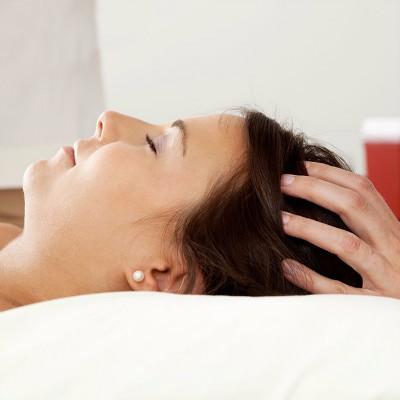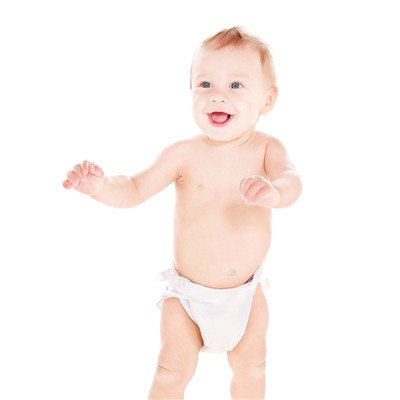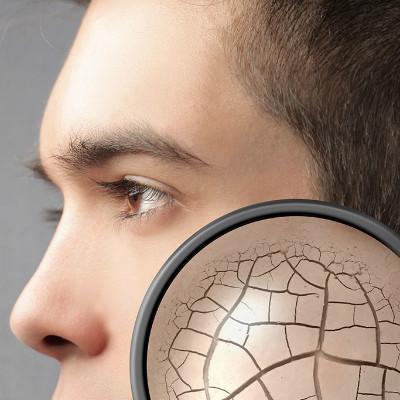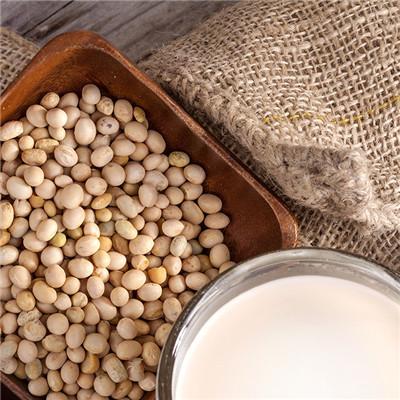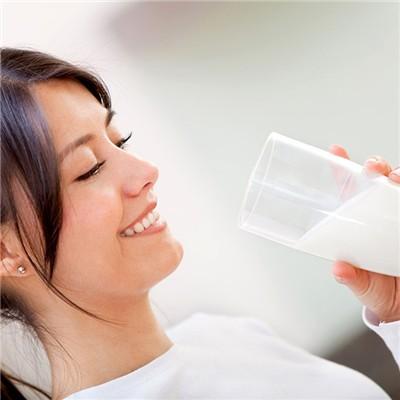Symptoms of iliopsoas pain
summary
There are many reasons for low back pain, one of which is related to iliopsoas muscle, which is very common in clinic. In our daily life, we need to use iliopsoas in many places, such as leg lifting, hurdles, high jump, diving, long and short run and so on.
Symptoms of iliopsoas pain
Iliopsoas muscle is composed of iliopsoas muscle and psoas major muscle. The iliopsoas muscle, located in the iliac fossa, is a latissimus fan-shaped muscle. It starts from the iliac fossa and goes down to the deep surface of inguinal ligament. It combines with psoas major muscle to form iliopsoas muscle and ends at the anterior surface of lesser trochanter and hip joint capsule. Psoas major is located on both sides of the lumbar spine. It starts from the 12th thoracic vertebra, the upper five lumbar vertebrae and the side of the intervertebral disc, and ends at the lesser trochanter of femur. Psoas major is the only hip muscle transferred to the trunk, and it is the main postural muscle.
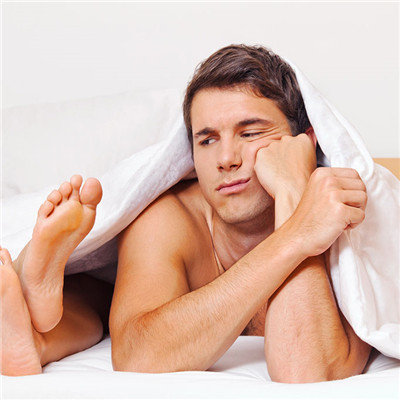
Acute injuries are often caused by falling, falling, walking on uneven roads, jumping, or twisting, resulting in excessive hip extension or rotation; Trunk forward bending (bending) protective posture, can not stand upright; When standing, they often hold the waist or abdomen with their hands. When sitting, they often hold the chair with their hands. When lying on their backs, they can't straighten their legs; The pain increases when you cough or sneeze.

The clinical manifestation of chronic injury is low back pain (deep pain beside spine); Abdominal pain and discomfort, lower back pain, groin pain and weakness in front of thigh, and soreness of waist and knee can appear; In the early stage, it can be referred to as "resting pain", lying on the back and lying on the back, not sleeping, lying to sitting up or standing up, immediate low back pain, and relief after hip flexion rest; In the late stage, traction discomfort, abdominal cold pain, diarrhea, sexual dysfunction and other related symptoms may appear; It may involve the symptoms of related visceral diseases, single or multiple symptoms, or the severity of symptoms on the left and right sides is different. There may be spinal curvature (lumbar scoliosis, pelvic anteversion), pelvic asymmetry, and hip deviation to the opposite side; The pain was positive when sitting up, half bending and holding heavy objects with both hands; The extension and flexion of hip joint may be limited; Deep tenderness (+ +) in iliopsoas muscle and strong tenderness (+ +) in lesser trochanter of femur.
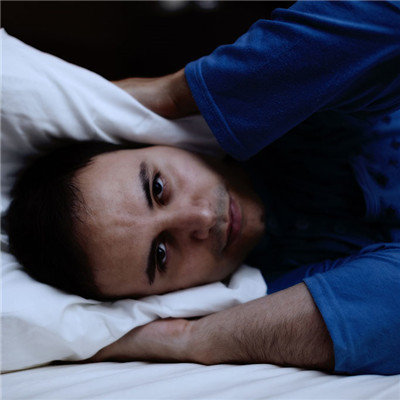
matters needing attention
Low back pain caused by iliopsoas muscle can be treated by physical therapy (ultrashort wave, magnetic therapy, deep muscle stimulation therapy, etc.), manual release and intensive rehabilitation training.



